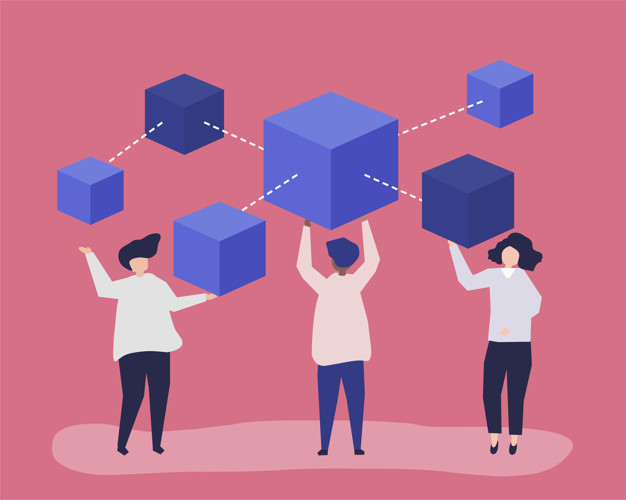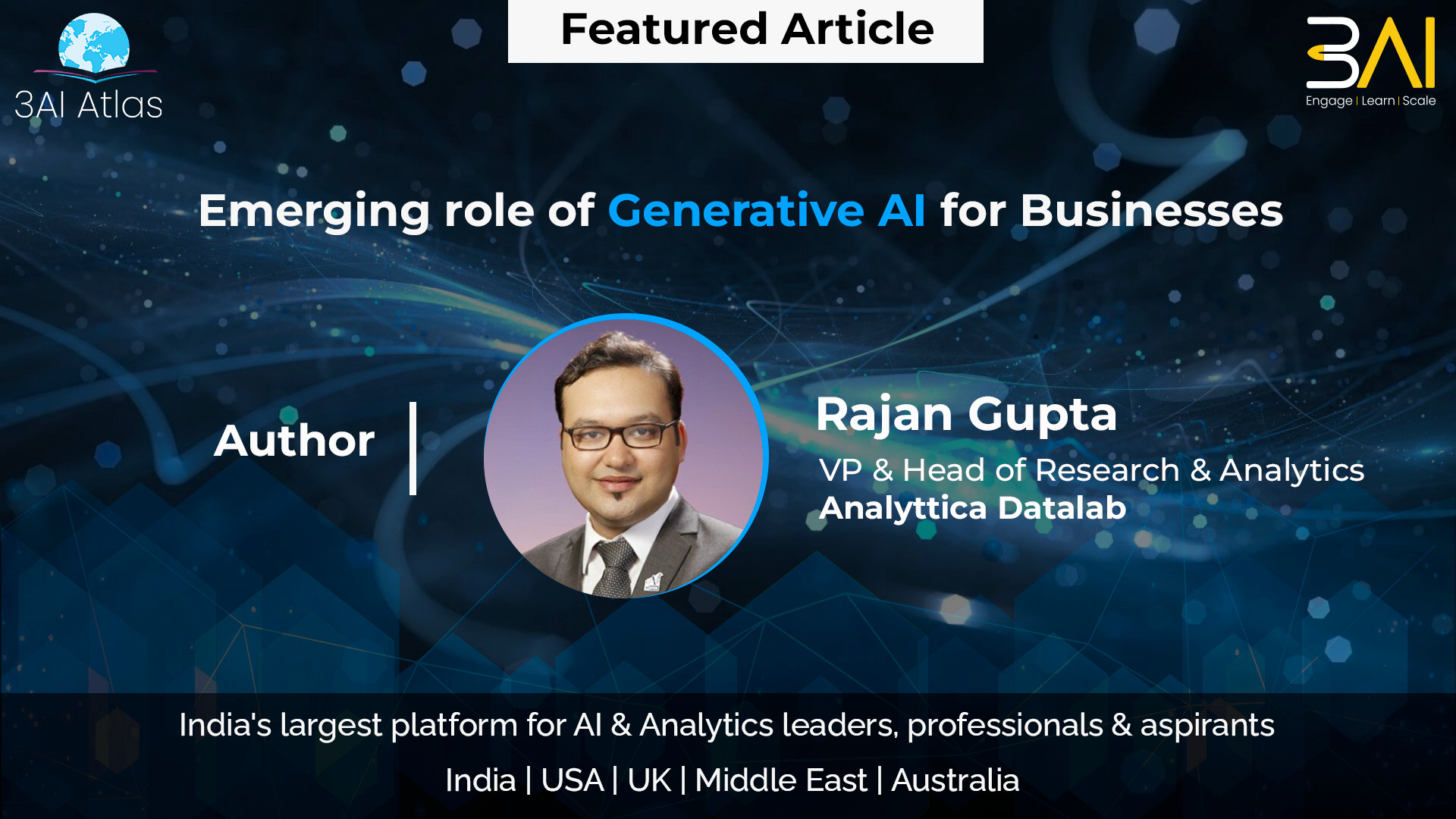How AI will Redefine Insurance Industry
3AI March 12, 2021

This second machine age has seen the rise of artificial intelligence (AI), or “intelligence” that is not the result of human cogitation. It is now ubiquitous in many commercial products, from search engines to virtual assistants. AI is the result of exponential growth in computing power, memory capacity, cloud computing, distributed and parallel processing, open-source solutions, and global connectivity of both people and machines. The massive amounts and the speed at which structured and unstructured (e.g., text, audio, video, sensor) data is being generated has made it a necessity to speedily processing and generating meaningful, actionable insights from it.
Personalized customer experience: Redefining value proposition
Many insurers are already in the early stages of enhancing and personalizing the customer experience. Exploiting social data to understand customer needs and understanding customer sentiments about products and processes (e.g., claims) are some early applications of AI.
The next stage is predicting what customers need and inferring their behaviors from what they do. Machine learning and reality mining techniques can be used to infer millions of customer behaviors.
A more advanced stage is not only anticipating the needs and behaviors of customers but also personalizing interactions and tailoring offers. Insurers ultimately will reach a segment of one by using agent-based modeling to understand, simulate, and tailor customer interactions and offers.
Redefining Redistribution
Licensed agents traditionally provide protection and financial product advice. Early roboadvisors have typically offered a portfolio selection and execution engine for self-directed customers.
The next stage in robo-advisor evolution is to offer better intelligence on customer needs and goal-based planning for both protection and financial products. Recommender systems and “Someone like you” statistical matching will become increasingly available to customers and advisors.
Understanding of individual and household balance sheets and income statements, as well as economic, market, and individual scenarios in order to recommend, monitor, and alter financial goals and portfolios for customers and advisors.
Automated & augmented underwriting: Enhancing efficiencies
Automating large classes of standardized underwriting in auto, home, commercial (small & medium business), life, and group using sensor (internet of things – IoT) data, unstructured text data (e.g., agent/advisor or physician notes), call center voice data and image data using Bayesian learning or deep learning techniques.
Modeling of new business and underwriting process using soft-robotics and simulation modeling to understand risk drivers and expand the classes of automated and augmented (i.e., human-performed) underwriting.
Augmenting of large commercial underwriting and life/disability underwriting by having AI systems (based on NLP and DeepQA) highlight key considerations for human decision-makers. Personalized underwriting by a company or individual takes into account unique behaviors and circumstances.
Robo-claims adjuster
Build predictive models for expense management, high-value losses, reserving, settlement, litigation, and fraudulent claims using existing historical data. Analyze claims process flows to identify bottlenecks and streamline flow leading to higher company and customer satisfaction.
Build Robo-claims adjuster by leveraging predictive models and building deep learning models that can analyze images to estimate repair costs. In addition, use sensors and IoT to proactively monitor and prevent events, thereby reducing losses.
Build claims insights platform that can accurately model and update frequency and severity of losses over different economic and insurance cycles (i.e., soft vs. hard markets). Carriers can apply claims insights to product design, distribution, and marketing to improve the overall lifetime profitability of customers.
Emerging Risks & New Product Innovation
Identifying emerging risks (e.g., cyber, climate, nanotechnology), analyzing observable trends, determining if there is an appropriate insurance market for these risks, and developing new coverage products in response historically have been creative human endeavors. However, collecting, organizing, cleansing, synthesizing, and even generating insights from large volumes of structured and unstructured data are now typically machine learning tasks. In the medium term, combining human and machine insights offers insurers complimentary, value-generating capabilities.
Man-Machine Learning
Artificial general intelligence (AGI) that can perform any task that a human can is still a long way off. In the meantime, combining human creativity with mechanical analysis and synthesis of large volumes of data – in other words, man-machine learning (MML) – can yield immediate results.
For example, in MML, the machine learning component sifts through daily news from a variety of sources to identify trends and potentially significant signals. The human learning component provides reinforcement and feedback to the ML component, which then refines its sources and weights to offer broader and deeper content. Using this type of MML, risk experts (also using ML) can identify emerging risks and monitor their significance and growth. MML can further help insurers to identify potential customers, understand key features, tailor offers, and incorporate feedback to refine new product introductions.
AI Implications for Insures
Improving Efficiencies – AI is already improving efficiencies in customer interaction and conversion ratios, reducing quote-to-bind and FNOL-to-claim resolution times, and increasing new product speed-to-market. These efficiencies are the result of AI techniques speeding up decision-making (e.g., automating underwriting, auto-adjudicating claims, automating financial advice, etc.).
Improving Effectiveness – Because of the increasing sophistication of its decision-making capabilities, AI soon will improve target prospects in order to convert them to customers, refine risk assessment and risk-based pricing, enhance claims adjustment, and more.
Over time, as AI systems learn from their interactions with the environment and with their human masters, they are likely to become more effective than humans and replace them. Advisors, underwriters, call-center representatives, and claims adjusters likely will be most at risk.
Improving Risk Selection & Assessment – AI’s most profound impact could well result from its ability to identify trends and emerging risks, and assess risks for individuals, corporations, and lines of business. Its ability to help carriers develop new sources of revenue from risk and non-risk-based information also will be significant.






